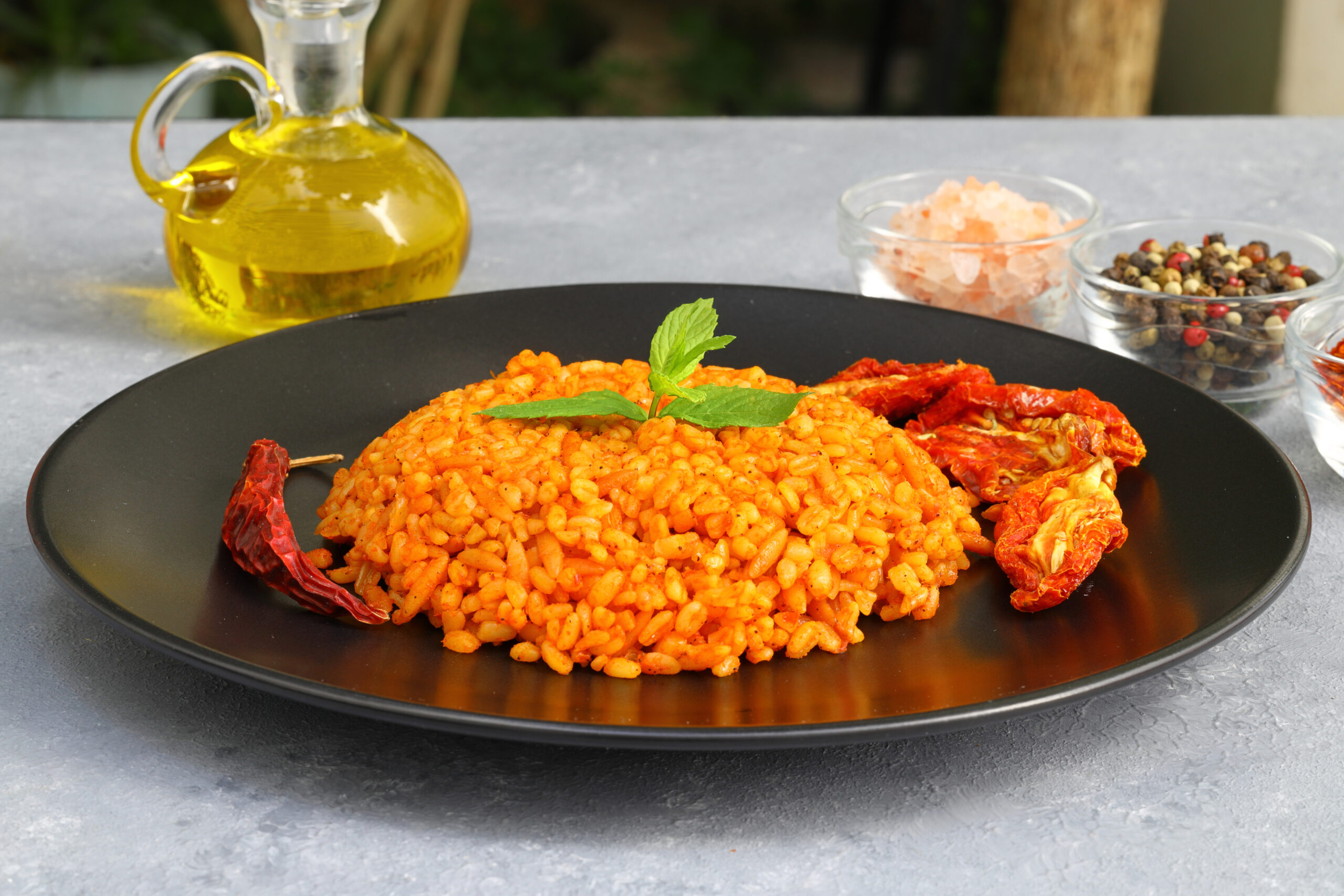Spanish cuisine is renowned for its rich and diverse flavors. Among the many delectable dishes, Spanish rice stands out as a true culinary masterpiece. In this article, we will delve into the history, ingredients, cooking methods, and variations of Spanish rice, providing you with a comprehensive understanding of this mouthwatering dish.
The Origins of Spanish Rice
The roots of Spanish rice can be traced back to the Moors’ occupation of Spain during the Middle Ages. They introduced rice cultivation to the region, and it quickly became a staple in Spanish cuisine. Over time, the dish evolved, incorporating various ingredients and techniques from different Spanish regions.
Ingredients That Make Spanish Rice Special
1. Rice: The Heart of the Dish
The foundation of Spanish rice is, of course, the rice itself. Short-grain rice, such as Arborio or Valencia, is typically used for its ability to absorb flavors and create a creamy texture.
2. Saffron: The Golden Elixir
Saffron is the key spice that imparts the distinctive color and flavor to Spanish rice. It’s often said that saffron is worth its weight in gold due to its rarity and aromatic qualities.
3. Tomatoes: The Tangy Twist
Ripe, juicy tomatoes are essential for Spanish rice. They add a pleasant acidity and a burst of freshness to the dish.
4. Broth: The Flavor Enhancer
To infuse the rice with flavor, a flavorful broth is used. Chicken or vegetable broth is commonly chosen, though seafood broth is popular in coastal regions.

Cooking Spanish Rice
1. Sautéing the Aromatics
Start by sautéing onions, garlic, and bell peppers in olive oil until they become fragrant and translucent. This forms the aromatic base of the dish.
2. Toasting the Rice
Add the rice to the aromatic mixture and toast it for a few minutes until it turns slightly golden, enhancing its nutty flavor.
3. The Saffron Magic
The iconic saffron is then added, along with a bit of broth, which transforms the rice into a stunning golden hue.
4. Simmering to Perfection
Continue to add the broth slowly, allowing the rice to absorb it gradually. This slow cooking process results in a creamy, flavorful dish.
Regional Variations
Spanish rice varies from region to region, each offering its unique twist:
1. Paella Valenciana
Originating from Valencia, this version features rabbit, chicken, and snails, along with saffron-infused rice.
2. Arroz Negro
This dish hails from the coastal regions and gets its dark color from squid ink, giving it a unique seafood flavor.
Conclusion
Spanish rice is a testament to the rich culinary history of Spain, blending Moorish influences with regional ingredients to create a harmonious and flavorful dish. Whether you prefer the traditional paella or a modern spin on this classic, Spanish rice never fails to delight the palate.

